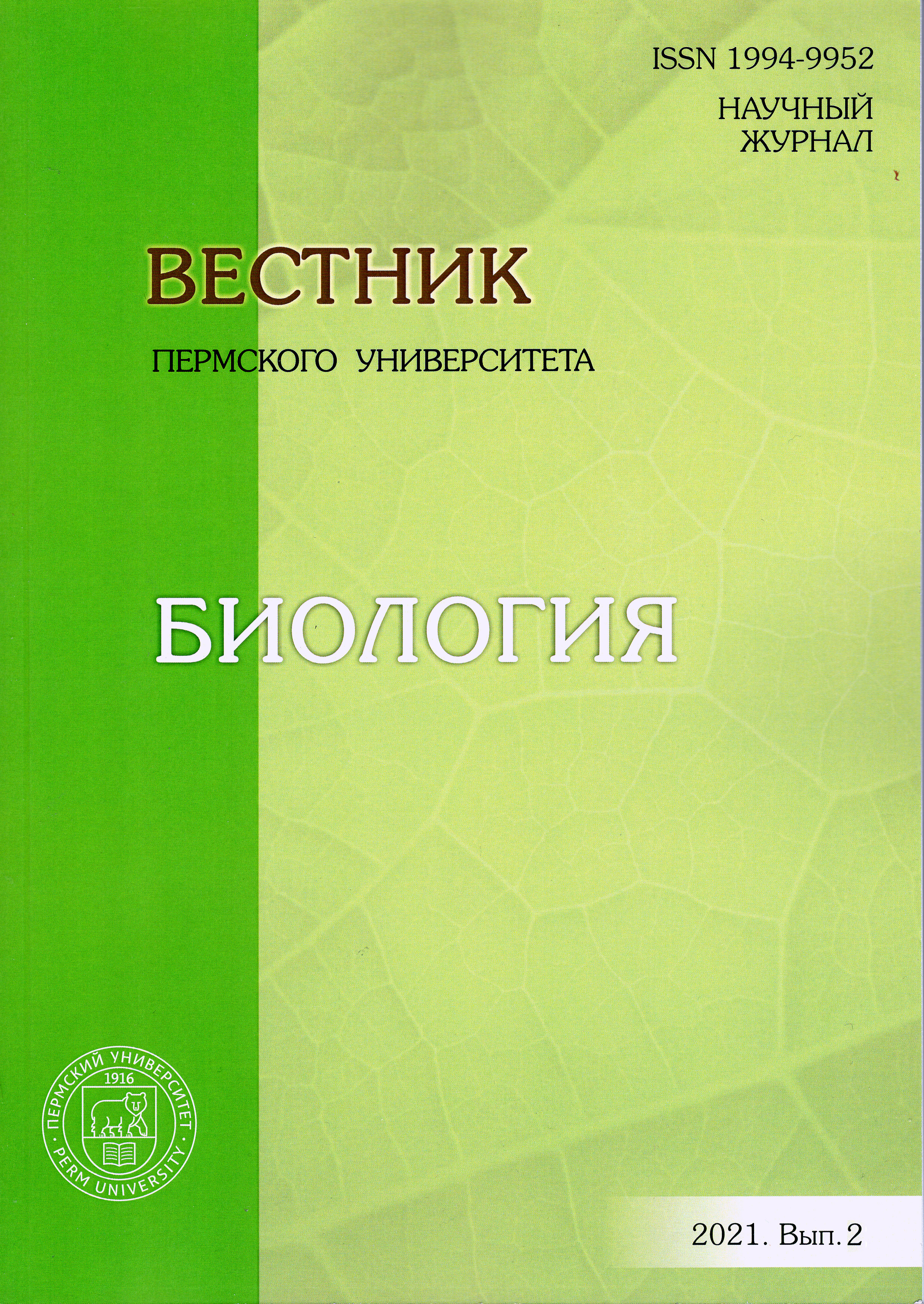Comparative evaluation of microbial contamination in and periodontitis and periimplantitis Review
Main Article Content
Abstract
Article Details
References
Агаева Н.А. Микробиологическая и иммунологическая характеристика пародонтитов и гингивитов с актиномикотической этиологией // Ме-ждународный медицинский журнал. 2010. № 3. C. 103–106.
Быкова Н.И., Будзинский Н.Э., Максимова Е.М. Роль микробной флоры в патогенезе периимплантита и воспалительных заболеваний тканей пародонта // Научный альманах. 2017. № 2–3. C. 319–325.
Ван Дер Бийль П. Взаимосвязь заболеваний пародонта и сердечно-сосудистой системы // Проблемы стоматологии. 2014. № 6. С. 116–119.
Герасимова Л.П. и др. Особенности состояния стоматологического и микробиологического статуса полости рта у лиц с воспалительными заболеваниями пародонта в зависимости от возраста // Уральский медицинский журнал. 2017. № 7. C. 5–9.
Грудянов А.И., Фоменков Е.В. Этиология и патогенез воспалительных заболеваний пародонта // Грудянов А.И. Заболевания пародонта. М.: МИА, 2009. С. 9–43.
Гударьян А.А. Роль аэробной и анаэробной микрофлоры в развиїии дентального мукозита и дентального периимплантита // Вісник проблем біології і медицини. 2014. № 2 (1). C. 132–135.
Зорина О.А. и др. Соотношение патогенных представителей микробиоценоза пародонтальных карманов при пародонтите разной степени тя-жести // Acta Naturae. 2011. № 2 (9). С. 106.
Мащенко И.С. и др. Факторы развития и современные методы профилактики и лечения ранних и отсроченных воспалительных осложнений дентальной имплантации (обзор) // Меди-цинские науки. 2019. № 10-3(56). C. 234–250.
Медицинская микробиология, вирусология и иммунология / под ред. В.В. Зверева, А.С. Быкова. М.: ГЭОТАР-Медиа, 2016. 816 с.
Николаев А.И., Цепов Л.М. Практическая терапевтическая стоматология. М.: Медпресс-информ, 2019. 928 с.
Николаева Е.Н. и др. Ассоциативные связи пародонтопатогенных видов бактерий I и II порядков в смешанных биопленках у пациентов с периимплантитами // Стоматология для всех. 2014. № 4. С. 38–42.
Орехова Л.Ю. Заболевания пародонта. М.: Поли Медиа Пресс, 2004. С. 218–220.
Панахов Н.А.О., Махмудов Т.Г.О. Уровень стабильности зубных имплантатов в различные сроки функционирования // Проблемы стоматологии. 2018. Т. 14, № 1. C. 89–93.
Пат. РФ № 2324182. Чухловин А.Б. и др. Способ диагностики патологических изменений микрофлоры полости рта. Заявка от 13.11.2006. Опубл. 10.05.2008. Бюл. № 13. C. 8.
Пашкова Г.С. и др. Особенности микрофлоры полости рта у пациентов с воспалительными заболеваниями пародонта // Лечение и профилактика. 2013. № 4 (8). C. 74–80.
Тамарова Э.Р. и др. Создание молекулярно-генетической тест-системы для ранней диагностики и оценки эффективности лечения воспалительных заболеваний пародонта // Клиническая лабораторная диагностика. 2020. Т. 65, № 1. С. 55‒60.
Тунева Н.А., Богачева Н.В., Тунева Ю.О. Проблемы дентальной имплантации // Вятский медицинский вестник. 2019. № 2 (62). С. 86 – 93.
Царев В.Н., Николаева Е.Н., Ипполитов Е.В. Пародонтопатогенные бактерии – основной фактор возникновения и развития пародонтита // Журнал микробиологии, эпидемиологии и иммунобиологии. 2017. № 5. С. 101–112.
Цимбалистов А.В. и др. Особенности микрофлоры пародонтальных карманов при агрессивных формах пародонтита // Институт стоматологии. 2010. № 49 (4). C. 73–75.
Шевела Т.Л. Helicobacter pylori – как этиологиче-ский фактор развития периимплантита (клинический пример) // Здравоохранение Кыргызста-на. 2020. № 2. C. 11‒16.
Canullo L. et al. Microbiological assessment of the implant-abutment interface in different connec-tions: cross-sectional study after 5 years of func-tional loading // Clinical Oral Implants Research. 2015. Vol. 26, № 4. P. 426–434.
Esposito M., Grusovin M.G., Worthington H.V. Treatment of periimplantitis: what interventions are effective? A Cochrane systematic review // Eu-ropean Journal of Oral Implantology. 2012. № 5. P. 21–41.
Guerra E. et al. The Impact of Conical and Nonconical Abutments on Bacterial Infiltration at the Implant-Abutment Interface // International Journal of Periodontics & Restorative Dentistry. 2016. Vol. 36, № 6. P. 825–831.
Lafaurie G.I. et al. Microbiome and Microbial Biofilm Profiles of Peri-Implantitis: A Systematic Review // Journal of Periodontology. 2017. Vol. 88, № 10. Р. 1066–1089.
Pan S. et al. Profiling of subgingival plaque biofilm microbiota in adolescents after completion of or-thodontic therapy // PLoS ONE. 2017. Vol. 12, № 2. Р. 2–13.
Romano F., Barbui A., Aimetti M. Periodontal patho-gens in periodontal pockets and in carotid athero-matous plaques // Minerva Stomatologica. 2007. № 4 (56). P. 169–179.
Ximénez-Fyvie L.A., Haffajee A.D., Socransky S.S. Microbial composition of supra-and subgingival plaque in subjects with adult periodontitis // Jour-nal of Clinical Periodontology. 2000. Vol. 10 (27). P. 722–732.
Ziebolz D. Microbiological and aMMP-8 findings depending on periimplant disease in patients undergoing supportive implant therapy // Diagn. Microbiol. Infect. Dis. 2017. Vol. 88, № 1. Р. 47–52.




